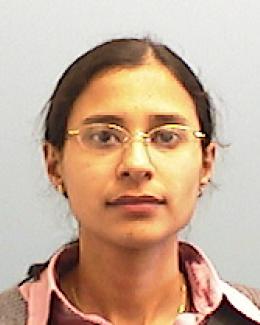Abstract
The United States administration recently established a goal of reducing greenhouse gas emissions by half below 2005 levels by 2030 and becoming a carbon-neutral economy by 2050. The transition to renewable energy sources may be significantly aided by energy storage. Energy storage could smooth the delivery of variable or intermittent renewable energy sources such as wind, hydro, and sun by storing excess renewable energy when it’s available and delivering it back when renewable energy production is low. Thermal energy storage (TES) is a way that stores thermal energy by heating or cooling a storage medium, which is then used for space heating and cooling, industrial processes, or power generation purposes later. This TES operation could lessen the demand for electricity in both the winter's and the summer's peak hours of electricity. While there are various studies that focus on the advancements and successes of TES technology, less attention is placed on its market adoption. Therefore, the current study undertakes survey-based interview research to understand the existing market barriers hindering TES application in buildings. A series of interviews were performed in this study with individuals from various backgrounds, ranging from homeowners to market specialists who work for TES manufacturers and utility companies. According to the responses obtained during the interviews, they strongly believe that TES has a high potential to contribute to the nation's grid stability and decarbonization goals, however, there are several barriers that prevent homeowners and heat pump manufacturers from investing in TES applications. The current study divided the responses from various background groups into categories to better understand the current challenges for TES applications in buildings. These responses range from payback concerns from homeowners to the need to develop a new metric to represent the benefits of TES from the heat pump and TES manufacturers. The findings from this study can be used by policymakers, utility companies, and manufacturers to better understand present obstacles and develop strategies to overcome them.





